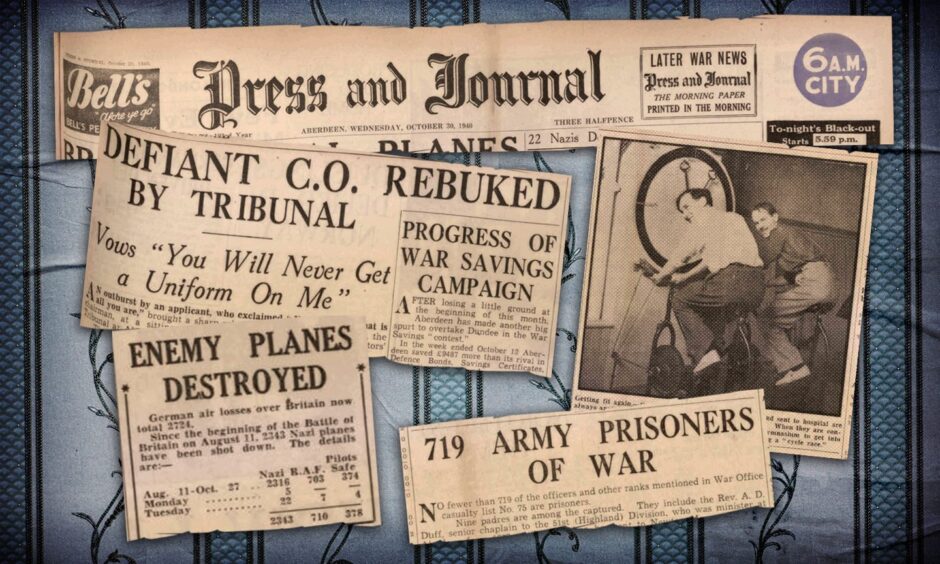
With civilians currently caught up in a terrible conflagration in the Middle East, I wondered what daily life under attack was like at home during World War Two.
From start to finish, the P&J on this day in 1940 was infused with coverage from every theatre of the global war, but in the interests of morale, details were often scant and an optimistic slant put on proceedings where possible.
Greece had entered the war
Greece had just entered the war, having been invaded by the pro-Nazi Italian Army from Albania.
The Allies’ Mediterranean Fleet, including British naval ships were on scene and attacking Italian targets on land.
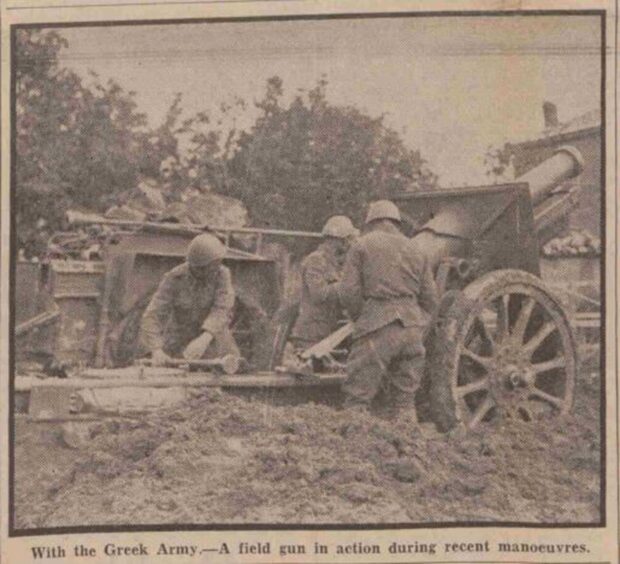
Albanian civilians were running for their lives as the enemy approached, and word came through that Italians had landed on Corfu, with British and Italian forces in mortal combat.
Fifty people had been killed with 100 injured in Patras in Western Greece.
Untold misery
These were only three small theatres of war causing untold misery at the time.
At home, 22 Nazi aircraft were shot down over Britain the previous night, with seven British aircraft missing.
The Italian bombers had been trying to reach London and Portsmouth.
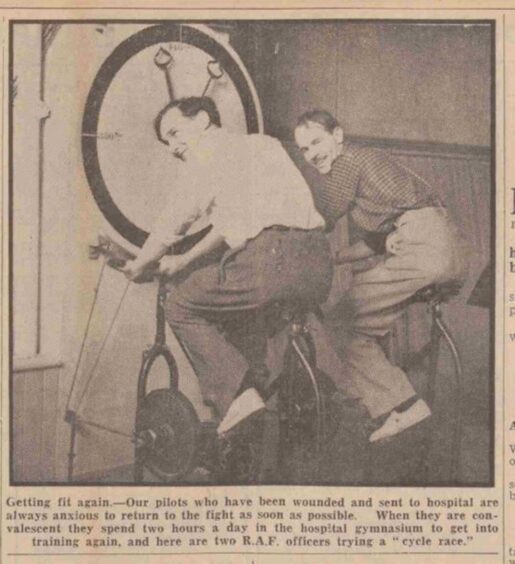
There are few left to remember it 83 years later, but imagine a huge fleet of aircraft flying overhead, intent on bombing the living daylights out of your land.
The P&J reported nine Italian heavy bombers approaching with an escort of Messerschmitts.
“There were sixty yellow-nosed Messerschmitts with them, in tiers above and behind. They met a storm of anti-aircraft fire which turned them off their course, while RAF fighters could be seen chasing the Messerschmitts back over the sea.”
London had four air raid alerts, and“ each of the attacks was made by fighters or fighter-bombers, but few got past the large RAF fighter force sent up to intercept them.”
Meanwhile civilian suffering was ramping up
This P&J report gives a good idea of what hundreds of ordinary people were enduring on a daily basis.
Bombed-out hospitals were forced to move their wards outside.
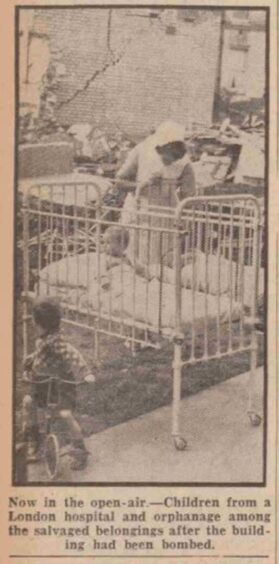
Queen Elizabeth (known to us as the Queen Mother) visited a centre for people who had lost everything.
“At one table she asked a soldier in khaki if he were on leave.
“Yes, Your Majesty, compassionate leave,” said the soldier, Gunner Wilcox, and the Queen expressed her sympathy when he said that his brother, sister-in-law and niece had all been killed in a raid.
“The Queen also watched homeless children playing at modelling, scrubbing furniture and learning to sew.”
Women were being trained in ship building
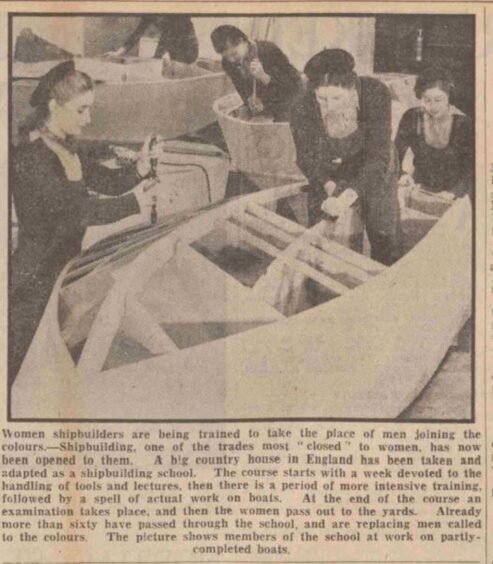
‘Conchies’ were defending themselves in Aberdeen
In Aberdeen, a different kind of fight was going on at the North-East Conscientious Objectors’ Tribunal.
Andrew Gilhooly, a labourer, had applied to go onto the register of conscientious objectors, known as ‘conchies’, but did himself no favours in his tribunal appearance before Sir George Morton.
First of all he refused to take the ‘customary oath’ at the start of proceedings.
Sir George pointed out that it was a statutory requirement, and Gilhooley retorted that he would tell the truth without taking the oath.
Eventually he was persuaded to, and then went on to say he objected to the ‘capitalist war’.
A bitter ding-dong between Morton and Gilhooley ensued, with Gilhooley saying “You will never get a uniform on me. Never!
“You are all rats. That is all you are. The blinking capitalist government put you there.”
At which point Sir George threw out his case.
Three Banffshire herring fishermen had more luck with the tribunal, declaring themselves Plymouth Bretheren and declining a gun for their boat.
They were placed on the register of conscientious objectors on condition that they continue their work at sea.
Son lost at sea
And there was sad news for an Aberdeen family with the announcement of the loss of their 19 year old son at sea.
Merchant seaman Ronald John Johnston was son of Gunner Laurence Johnston of Whitehouse Street Aberdeen.
There are no further details but the report notes that Ronald’s father was well-known in Aberdeen as a footballer, and had been signed for Manchester City in 1914, those plans being scuppered when he was called up as a reservist in World War One.
Ronald’s loss was just one of hundreds devastating families in this country this day in 1940.
More from our On This Day series:




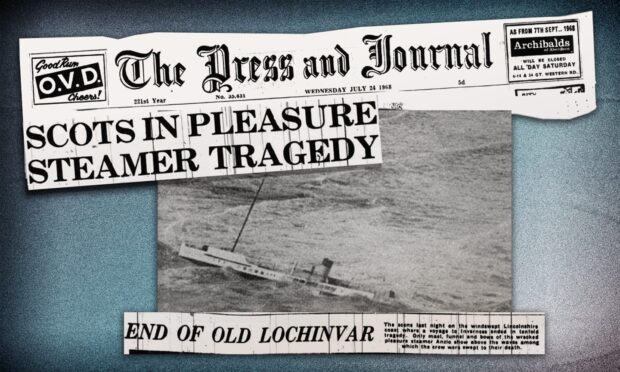
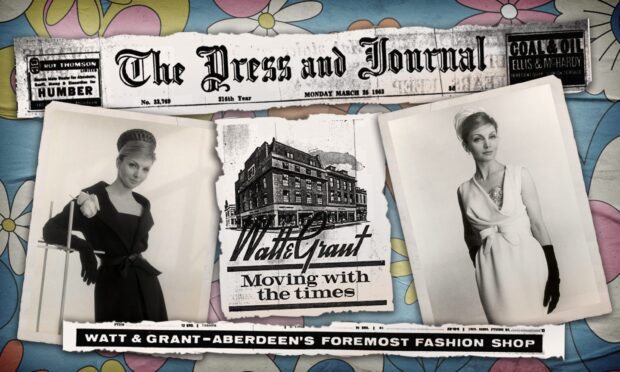
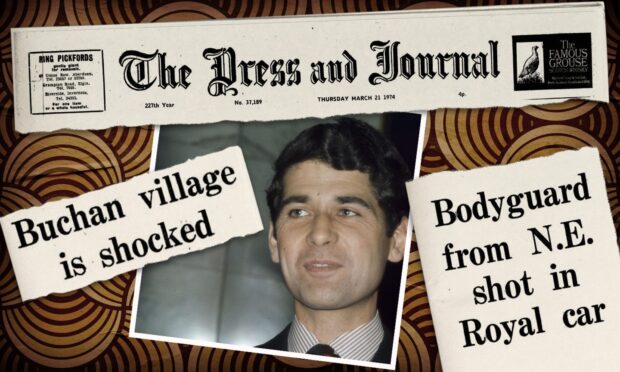
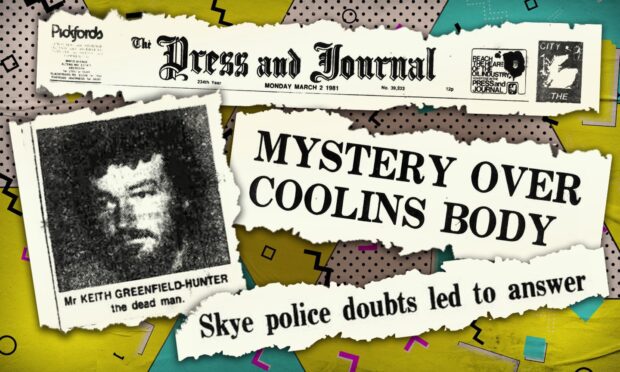








Conversation